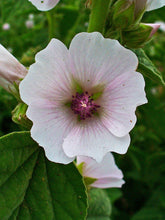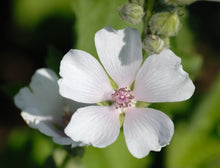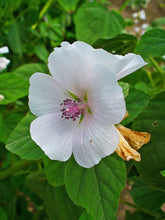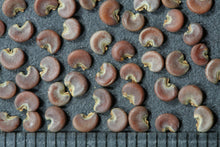
Grow your own Marshmallow Plant (Althaea officinalis) from seeds and experience the beauty and benefits of this ancient, heirloom herb. Known for its stunning pale pink flowers and rich history in herbal medicine, the Marshmallow Plant is a must-have for any garden enthusiast.
Key Features:
Edible & Medicinal Uses: Traditionally used in herbal remedies, teas, and homemade marshmallows. The roots, leaves, and flowers are prized for their soothing properties.
Easy to Grow: Perfect for both beginner and experienced gardeners. These seeds thrive in full sun to partial shade and prefer moist, well-drained soil.
Pollinator-Friendly: Attracts bees, butterflies, and other beneficial pollinators to your garden, promoting a healthy ecosystem.
Versatile Garden Addition: Ideal for cottage gardens, herb gardens, and as a unique border plant. The Marshmallow Plant grows up to 4-5 feet tall, adding vertical interest to your landscape.
How to Grow:
Sow seeds in early spring or fall for best results.
Lightly cover the seeds with soil and keep them moist until germination, which typically occurs in 2-4 weeks.
Space plants 18-24 inches apart to allow for healthy growth.
Why Choose Marshmallow Plant Seeds?
Cultivate a piece of history in your garden with these heirloom Marshmallow Plant seeds. Whether you're looking to create a natural remedy, attract pollinators, or simply enjoy the beauty of its delicate flowers, Althaea officinalis is a versatile and rewarding plant to grow.
Order your Marshmallow Plant Seeds today and start your journey into the world of traditional herbal gardening!






